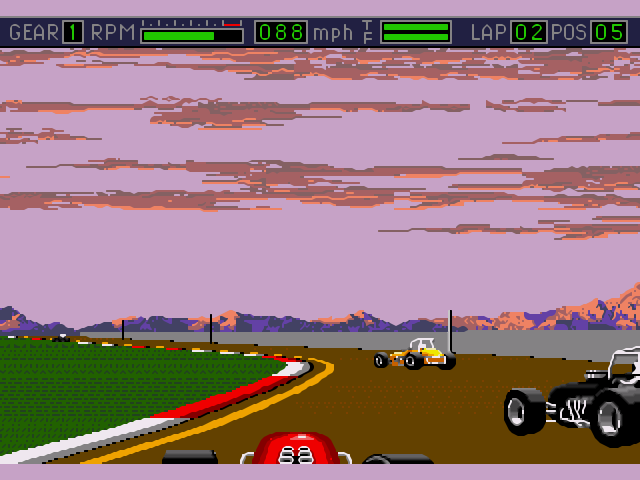
He spent a lot of time at the children’s hospital with the children. “He was personally active in events and fundraisers. “He didn’t just donate money,” Gurss said. The trend Andretti started would later be continued by only Robby Gordon, Tony Stewart and Kurt Busch.īut off the track, Andretti had the same drive to succeed that he did on the racetrack. But the Billy Hagan entry blew an engine after 220 laps. Then, he hopped on a helicopter, making it to Charlotte Motor Speedway in time for NASCAR’s longest race, the Coca-Cola 600. It gives a great perspective of how he viewed life and how he handled very serious cancer.”Īndretti was the first racer to ever compete in what became known as “the double.” He first did the Indy-Charlotte double in 1994, competing in the Indianapolis 500 for AJ Foyt and finishing 10th. But the most consistent trend from the first page to the last is about his love for family and friends. “Those are the stories that are in there.

“He’s one of the most versatile racers ever,” Gurss said. And he noticed that sharing stories from his life actually cheered him up in the middle of hefty cancer treatments. Gurss wanted to get all of the information he could, but also make sure it didn’t take up much of Andretti’s time.


When the duo sat down to begin the book, Andretti’s health started to decline. “Our agreement with the Andretti family was 10 percent of the proceeds of the book would go to the hospital.” “He had a charity, Race for Riley, which raises money for the Riley Hospital for Children in Indianapolis,” Gurss said. Andretti immediately jumped at the idea to pen a book and spread awareness about colon cancer.


 0 kommentar(er)
0 kommentar(er)
